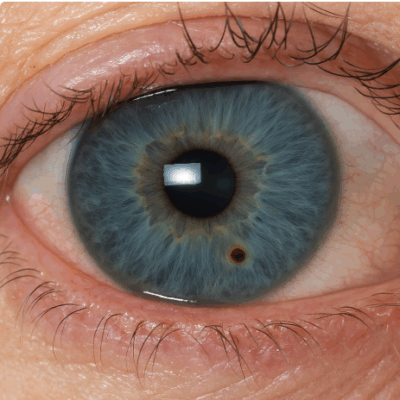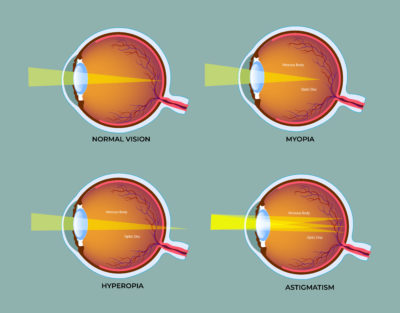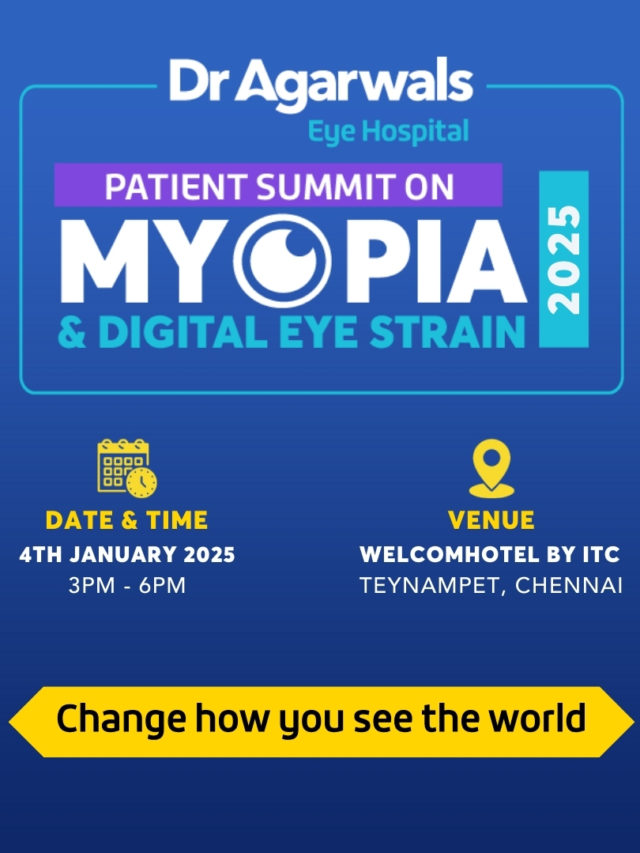Eye flu, also known as conjunctivitis, is a highly contagious eye condition that causes redness, irritation, and excessive watering. Many people search for eye flu treatment at home because mild cases can often be managed with simple remedies and precautions.
However, knowing when to treat at home and when to see a doctor is essential for protecting your vision. This guide explains the causes of eye flu, offers home remedies, outlines safety measures, and provides information on professional treatment options.
What is Eye Flu and How Does It Affect Your Eyes?
Eye flu is an inflammation of the conjunctiva, the thin tissue lining the white part of the eye and the inside of the eyelids. It spreads quickly in schools, offices, and crowded places.
Understanding eye flu causes and recognising symptoms early helps prevent complications and reduce the risk of spreading it to others.

Understanding Eye Flu (Conjunctivitis)
Viral or bacterial infections typically cause eye flu, though allergies or irritants may also trigger it. Unlike the common flu, it mainly affects the eyes. The condition is often temporary but can be highly uncomfortable, making eye flu treatment at home important for quick relief.
Common Causes of Eye Flu
The primary causes of eye flu include viral infections (such as adenovirus), bacterial infections, allergens like pollen and dust, and irritants like smoke or chemicals. Poor hygiene and sharing personal items increase the risk of infection.
Understanding how eye flu is caused helps reduce exposure to infectious agents and allergens.
Early Symptoms to Watch Out For
Typical symptoms of eye flu include redness, itching, watery eyes, irritation, and swelling. In bacterial cases, yellow or green discharge may appear. If you notice worsening pain, blurred vision, or sensitivity to light, consult a doctor promptly.
Effective Eye Flu Treatments At Home
Mild cases of conjunctivitis respond well to eye flu treatment at home, provided hygiene is maintained. These home remedies for eye flu can help relieve discomfort and speed up the healing process.
Warm Compress for Relief
Applying a clean, warm compress to closed eyes for 5-10 minutes can soothe irritation and loosen sticky discharge. Avoid direct heat and always use a fresh cloth to prevent reinfection.
Cold Compress to Reduce Swelling
If swelling or redness is severe, a cold compress can help by constricting blood vessels and reducing inflammation. Place a chilled, damp cloth on the eyes for a few minutes, several times daily.
Proper Eye Hygiene Practices
Maintaining strict hygiene is key to effective eye flu treatment at home. Wash hands before touching the eyes, avoid rubbing, and change pillowcases and towels frequently. Hygiene helps prevent the worsening of symptoms and reduces the spread of infection.
Use of Lubricating Eye Drops
Artificial tears or lubricating drops keep the eyes moist, flush irritants, and ease burning or itching. For safe eye mucus treatment, avoid overuse and never share eye drops with others.
Precautions to Take While Treating Eye Flu at Home
Along with remedies, following the precautions is crucial for eye infection prevention and preventing reinfection or spreading it to others.
Avoid Sharing Personal Items
Never share towels, pillowcases, makeup, or eye drops when infected. Contaminated items spread bacteria or viruses easily. Washing linens separately is highly recommended as this is one of the best ways to avoid spreading eye flu.
Minimise Eye Rubbing and Touching
Rubbing the eyes worsens irritation and increases the risk of spreading infection. Instead, use clean tissues or cotton pads to gently wipe discharge when needed.
Maintain Cleanliness Around Your Eyes
Clean eyelids gently with lukewarm water to remove discharge. Proper cleanliness ensures faster healing and helps manage excessive eye mucus linked to infections.
Protect Others from Contagion
During the acute phase, avoid crowded places and close physical contact. Practising hand hygiene and limiting exposure are essential to prevent outbreaks in schools and workplaces.
When to See an Eye Doctor
While most people prefer eye flu treatment at home, medical attention is vital if symptoms persist or worsen. Here are some signs you need medical attention for eye flu:
Persistent Symptoms Beyond a Few Days
If redness, itching, and discharge do not improve within 5-7 days, consult a doctor. Prolonged symptoms may suggest bacterial infection requiring prescription medication.
Severe Pain or Vision Problems
Eye flu rarely causes vision loss. However, if you experience blurred vision, light sensitivity, or eye pain, it may indicate corneal involvement requiring urgent care.
High Fever or Discharge
Bacterial conjunctivitis may produce thick yellow or green discharge accompanied by fever. Such conjunctivitis complications often need antibiotic treatment.
Eye Flu in Children, the Elderly, or the Immunocompromised
These groups are more vulnerable to complications. Medical advice ensures a proper diagnosis and helps avoid severe infections, such as keratitis or cellulitis.
Conclusion
Managing eye flu requires a balance of home remedies for eye flu, proper hygiene, and professional care when symptoms persist. Simple measures, such as warm or cold compresses, lubricating drops, and avoiding the sharing of personal items, make eye flu treatment at home effective for most mild cases.
However, understanding eye flu causes and recognising when professional care is needed prevents complications. Protecting yourself and others through hygiene and avoiding contagion remains equally important. With timely care, most cases resolve within one to two weeks, allowing you to return to normal activities safely.









